In 2023, a grazing farmer network in northwestern Wisconsin was asked to identify the greatest needs for research. At the top of their list was the practice of winter bale grazing. We designed a research project that sought to answer some of their questions about the practice.
While there are variations of the practice, bale grazing generally involves placing several months worth of hay bales in a field or pasture and allowing livestock access a few at a time throughout winter. The practice is particularly valuable to smaller livestock operations with limited housing options for winter, but it is utilized by farms of all sizes as a feeding method that also supplies nutrients and organic matter to the soil and minimizes the use of equipment during winter. The farmers we worked with view bale grazing as a practice that has the potential to benefit their land and finances.
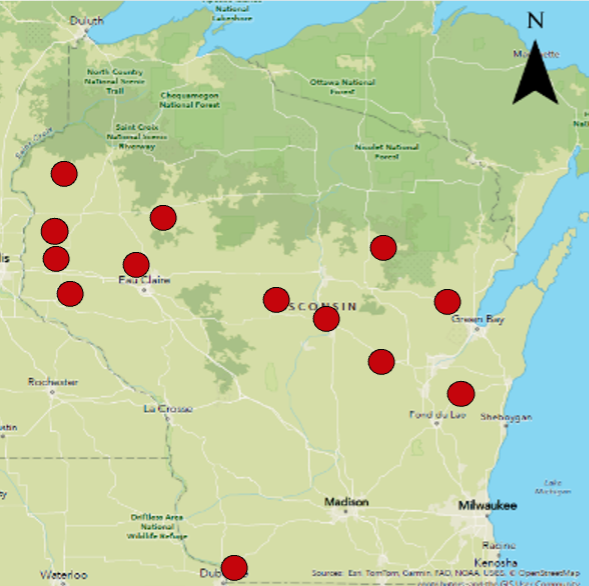
Locations of 13 bale grazing project sites across Wisconsin
Top Takeaways
Benefits aside, there are some challenges associated with bale grazing, such as the impact of livestock hoof traffic on wet, unfrozen soil. The bale grazing season can span as many as 180 days, a large portion of which consists of unfrozen soils that are prone to compacting under high moisture conditions. In addition to potential for soil compaction, bale grazing often results in high nutrient application rates, a large portion of which occurs on frozen soil. While there are best management strategies that address each of these concerns, there is not a good understanding of how exactly farmers are managing bale grazing on their land or to what extent these concerns are even an issue. The goal of this project is to assess the status of how farms in Wisconsin are implementing bale grazing, what impacts the practice is having on their land and whether the benefits farmers seek are realized.
Bale Grazing Study Design
In fall 2023, 13 Wisconsin grazing farms were recruited to participate in the project. Because the impact of bale grazing is heavily influenced by soil type, the goal was to find farms representing a range of soil types. Nine of the farms consisted of silt loams, three had sandy soils, and one had clay soils. Participating farms were required to pre-set bales in a grid pattern prior to the bale grazing season, utilizing a 25-35 ft spacing between bales. Farms were also required to provide information including the livestock numbers, bale allocation, and consumption rates.
Soil samples, hay samples, and soil penetrometer readings were collected from each farm’s bale grazing sites. Soil samples were obtained in the fall before bale grazing and in the spring after bale grazing to a depth of 1 ft and divided into sub-samples, 0-6 in and 6-12 in. Samples were analyzed for NO3- and NH4 – nitrogen (N), phosphorus (P), potassium (K), organic matter (OM), and pH. Hay samples were obtained in the fall. Separate samples were collected from each lot of hay being fed (first cut, second cut, purchased, etc.) and analyzed (NIR) for concentrations of crude protein (CP), total digestible nutrients (TDN), 48-hour neutral detergent fiber digestibility (NDFD-48), phosphorus (P) and potassium (K). Soil penetration resistance was measured using a digital penetrometer. To avoid variability from soil moisture differences over time, readings were obtained on the same day for all sites – “bale grazed” readings were obtained from the bale grazing site while “no bale grazing” readings were obtained from an adjacent undisturbed area, all to a depth of 18 in.
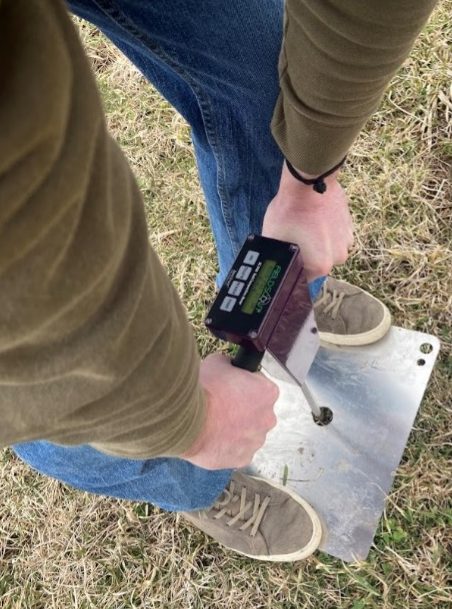
Obtaining a soil penetrometer reading from an undisturbed area adjacent to the bale grazed site in spring 2024.
Wisconsin’s Snap-Plus nutrient management software was used to estimate manure production per day based on livestock class, animal numbers and weights. The bale allocation and consumption information was used to estimate a manure application rate per acre. Fertilizer prices quoted by local suppliers were used to estimate the value of nutrients being applied from manure and residual hay.
Bale Grazing Study Results
The summer leading up to the 2023-2024 bale grazing season was historically dry, leaving most of the study sites uncharacteristically dry at the onset of bale grazing. The dry conditions persisted through winter, with little to no snow cover or ground frost. These conditions contributed to unusually low hay quantities and quality for the winter-feeding season, as well as soil moisture conditions less prone to compaction from livestock.
Across all 13 farms, the average baled grazed site was 4.1 acres per farm.
Nutrient Rates
Manure application rates averaged 53 tons/acre, with N, P and K rates averaging 317, 158, and 370 lbs/acre, respectively. The total nutrient value of manure applied from bale grazing averaged $464/acre. Hay nutrient concentrations averaged 11% in CP, 55% TDN, 50% in NDFD-48, 0.23% in P, and 1.97% in K (percent of dry matter), with a bale consisting of approximately $15.27 in nutrient value. Assuming 10% of each bale is returned to the soil as residual, each 4 ft x 5 ft round bale would provide 1.3, 0.18, and 1.5 lbs/acre of N, P and K, respectively.
Table 1: Soil nutrient concentrations by depth before and after bale grazing, and the amount of change over time.
| Silt Loam Sites (9) | Soil Depth | Pre Bale Grazing | Post Bale Grazing | Change |
| Average ppm | % | |||
| NO3 | 0-6” | 11.5 | 24.8 | 114* |
| 6-12” | 5.6 | 6.9 | 24* | |
| NH4 | 0-6” | 10.5 | 4.7 | -55* |
| 6-12” | 7.4 | 2.7 | -63* | |
| P | 0-6” | 23.5 | 24.2 | 3 |
| 6-12” | 15.8 | 11.7 | -26 | |
| K | 0-6” | 97.7 | 174.0 | 78* |
| 6-12” | 61.3 | 69.1 | 13* | |
Soil nutrient response was different among soil types. Soil nutrients did not significantly change between pre- and post-bale grazing in sandy soils, and there were not enough clay sites to make a statistical comparison. However, at the silt loam sites NO3 and K increased at both the 0-6 in and 6-12 in depths, while NH4 decreased at both depths. Achieving the same amount of N and K with commercial fertilizer would have cost $378.13.
Soil Compaction
There were no differences in soil penetration resistance (compaction) between bale grazed and un-bale grazed sites across all farms. The sand and clay sites showed the tendency to have higher compaction values, but they did not change significantly from bale grazing. At least for this winter, bale grazing did not cause significant compaction.
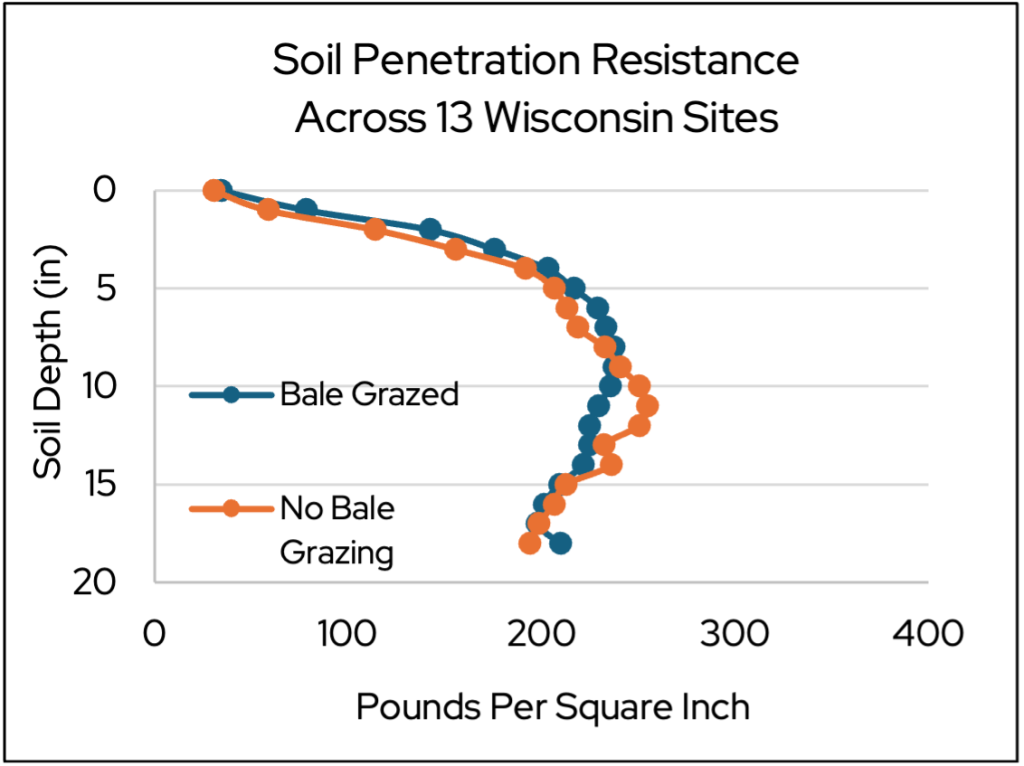
Average soil penetration resistance under bale grazing or no bale grazing across 13 sites and 3 soil types in spring 2024.
Conclusions
These results provide us a better picture of how farmers are implementing bale grazing than we’ve had before, and they validate the notion that bale grazing can have a significant financial impact for farms. This trial will be repeated for another season and followed with a more rigorous research design to further expand the scientific understanding of the impact bale grazing has on the land and livestock farm finances.
Practical Application
Acknowledgments
Thanks to the NW WI Graziers for inspiring this project, Dr. Erin Silva for providing the funding, Francois Anglade and Michael Geissinger for coordinating the work, Becky Brathal, Bill Halfman, Jerry Clark, and Scott Reuss for assistance, Bethany Canales for statistical analyses, and the cooperating farmers for hosting the project.
Updated: Feb. 11, 2025

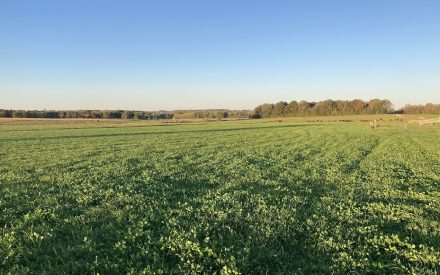 Research Brief: Interseeding legumes into grass pastures
Research Brief: Interseeding legumes into grass pastures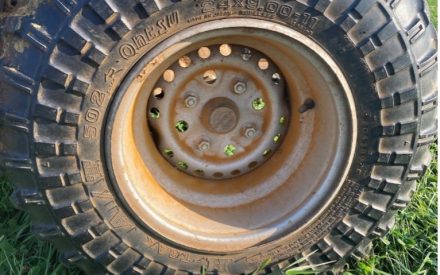 Managing Rust in Cool Season Pastures
Managing Rust in Cool Season Pastures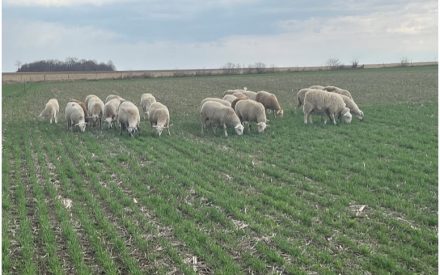 Grazing Cover Crops and Annual Forages
Grazing Cover Crops and Annual Forages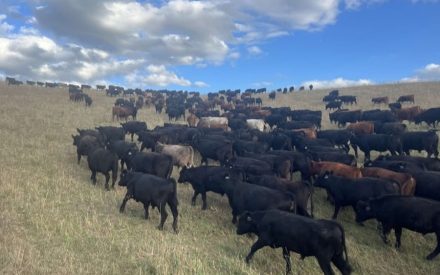 Grazing to Protect Surface Water: Considering critical and sensitive areas
Grazing to Protect Surface Water: Considering critical and sensitive areas


